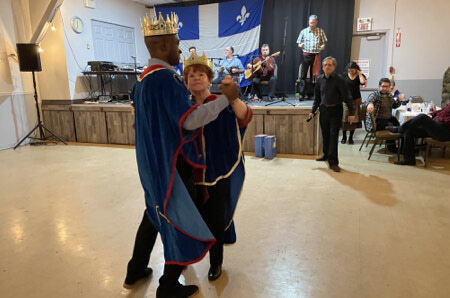Keeping the Meeting Moving
Reuel S. Amdur
One of the things we observed at the June Chelsea Council meeting was that things got bogged down at times. There are ways to prevent that. We refer here to the Group Dynamics approach spelled out by Kurt Lewin and his associates and followers.
Group Dynamics describes three styles of leadership: authoritarian, laissez-faire, and democratic. Each has a role. If the fire alarm goes off, the leader goes into authoritarian mode. No discussion. “Row A follows John out the door, followed by the lead person of B and her row mates, etc., till you all exit the building and meet in the parking lot.”
Laissez-faire is for brainstorming, where the aim is to get all ideas out. There is not much for the leader to do, just needing to see that all ideas are recorded. The democratic leader helps the group reach decisions. At times, the June meeting seemed to fall into laissez-faire mode.
How does the democratic leader lead? Here are some ways in which he can help the group reach decisions. When discussion tends to be overly repetitive, he may ask, “Are you ready for the question?”
Alternatively, “We have heard two (or more) positions on the matter. Let’s take them one at a time. Mary, can you put your position in the form of a motion?” The motion is put. “Is there a seconder?” If yes, “Are we ready for a vote, or do we need more discussion?” If no seconder, “The motion dies for lack of a seconder. Let us now turn to John for his motion.”
A useful reminder: “It appears tat we are beginning to stray from the question. Let me repeat it.” Or, “This is an important point. We should keep this in mind when we have more time to discuss it.”
Still again, “Let’s go around to give each person a minute or two to speak on the matter before we take a vote.”
The democratic leader keeps the group on focus and enables it to arrive at a decision that is taken fairly. He keeps things moving.




